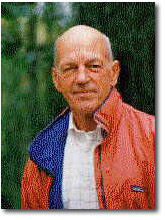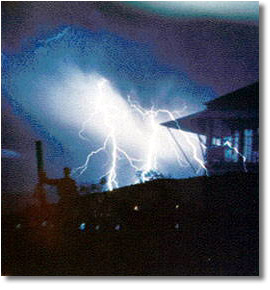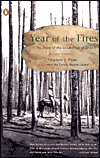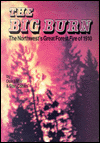|
Stories
|
|
The 1910 Fire Eyewitness accounts from 1910 Fire Was the 1910 fire the largest? A Clash of Titans Relations of Forests & Forest Fires Could the 1910 fire happen again? |
 Once you have been a smokejumper, you are always a smokejumper, even after you are too old to jump and must find a new line of work. There are even reunions where old smokejumpers gather, like old soldiers, to talk about the big battles they fought and won.
Once you have been a smokejumper, you are always a smokejumper, even after you are too old to jump and must find a new line of work. There are even reunions where old smokejumpers gather, like old soldiers, to talk about the big battles they fought and won.
 The forest health problem
The forest health problem

